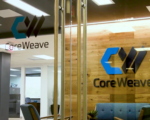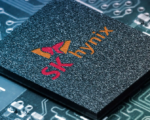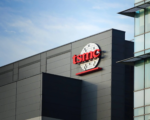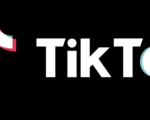In 2013, Nvidia faced growing pressure from its shareholders. Despite holding a strong cash reserve of $3 billion, the company’s stock had remained stagnant for years, with modest sales growth and declining earnings. The company’s market value was $8 billion, but its growth rate was slow, which led to a relatively low price-to-earnings (P/E) ratio of 14 times earnings. The company’s core assets were undervalued, according to activist hedge fund Starboard Value, which had accumulated a $62 million stake in Nvidia by June of that year.
Starboard, founded by Jeff Smith, expressed dissatisfaction with Nvidia’s performance and raised concerns over its underwhelming growth. Nvidia’s leadership, however, was wary of Starboard’s influence, fearing it might push for drastic changes, including a potential restructuring. Despite initial concerns, the relationship never escalated into a full-blown confrontation, with Nvidia’s board avoiding a “DEFCON 1” crisis. Instead, Starboard advocated for aggressive stock buybacks and a strategic de-emphasis on non-core projects like phone processors. By November 2013, Nvidia agreed to buy back $2 billion in stock, a move that triggered a 20% surge in its stock price. Starboard sold its shares by the following March, marking the end of its involvement.
The Mellanox Acquisition: A Strategic Move Prompted by Activists
Though Starboard’s direct influence on Nvidia was short-lived, it played a crucial role in a later, transformative acquisition. In 2017, Starboard invested in Mellanox Technologies, a company that specialized in high-speed networking for data centers. After Mellanox struggled to achieve strong financial returns, Starboard pressured its leadership for better performance, eventually paving the way for a potential sale.
In 2018, Mellanox received a nonbinding offer for $102 per share, prompting a bidding war between Nvidia, Intel, and Xilinx. Nvidia emerged victorious with a $6.9 billion cash offer, finalizing the deal in March 2019. Jensen Huang, Nvidia’s CEO, saw the acquisition as pivotal for Nvidia’s push into high-performance computing and AI, areas where Mellanox’s networking technology, particularly its InfiniBand products, would be indispensable for large-scale data centers.
A Game-Changing Acquisition for Nvidia
The Mellanox acquisition paid off beyond expectations. By May 2024, Nvidia’s former Mellanox division reported $3.2 billion in quarterly revenue, a sevenfold increase from the final quarter of Mellanox as an independent company. Within four years, the Mellanox business had grown into a $12 billion annual revenue stream.
Nvidia’s strategic understanding of the growing demand for high-performance computing, fueled by AI and data analytics, was key to its success. The integration of Mellanox’s advanced networking technology has become essential in scaling AI applications, where minimal latency and efficient data transfer are crucial.
A Strategic Masterstroke
Looking back, Nvidia executives and industry experts view the acquisition as a defining move in the company’s rise to dominance in the AI sector. Jay Puri, Nvidia’s head of global field operations, described it as one of the company’s best-ever acquisitions, thanks to its pivotal role in enhancing Nvidia’s position in the data-center market.
Despite not initially recognizing the potential of Mellanox, Nvidia’s ability to act decisively when the opportunity arose demonstrates its knack for capitalizing on industry trends and executing on large-scale acquisitions. For Jeff Smith of Starboard, the Mellanox acquisition stands as a reminder of the lasting impact activist investors can have on companies, even after their direct involvement ends. As Smith reflected, “We never should have exited the position.”















